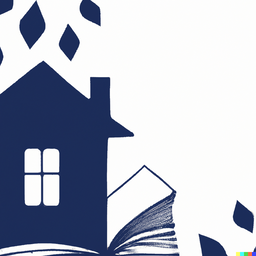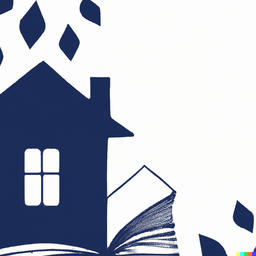
The Concept of the 'Uncanny' in 'House of Leaves'
Introduction
In Mark Z. Danielewski’s postmodern horror novel House of Leaves, ordinary domestic settings take on terrifying new dimensions through the repetition of uncanny motifs that distort the familiar into the disturbingly strange. Danielewski masterfully generates feelings of lurking dread and uncertainty by warping familiar contexts and symbols into surreal yet recognizable territory, keeping readers off-kilter with an unshakable sense of something being not quite right. This essay will analyze how House of Leaves produces unease by merging the familiar and alienating through uncanny elements.
Defining the Literary Uncanny
The literary concept of the uncanny describes unsettling sensations triggered when distortions of normalcy and supernatural dread converge to blur boundaries between the real and unreal. House of Leaves utilizes uncanny symbols like endless corridors, doppelgangers, and metamorphosing rooms within an ordinary home that take on frightening new meaning to unsettle perception and evoke characteristic eeriness.
Distorting the Familiar Home: An Eerie Transformation
A core uncanny motif is thecomfortable family home morphing into an endlessly shifting, unsolvable maze, transforming the familiar domestic setting into a nightmarish labyrinth. Critic Katherine Hayles argues this “undermines ontological assumptions about space and place” by making the home unrecognizable (Hayles 792). The distortion of familiar space epitomizes the uncanny.
Doppelgangers and the Blurred Self: Breeding Fear and Trembling
Danielewski also conjures the uncanny through doppelgangers, like Johnny Truant eerily encountering autobiographical details of his life in text written before his birth. Critic Teresa Heffernan notes this blurred self breeds “fear and trembling” by integrating Truant with the haunted novel (Heffernan 139). The double crosses unsettling boundaries.
Endless Claustrophobic Hallways: Confronting the Uncanny
Moreover, endless claustrophobic hallways that defy logic distress through distorting normal dimensions, as critic Steven Belletto argues the infinite corridors force “a confrontation with the uncanny” by transforming spatial reality (Belletto 95). The familiar warped surreal elicits characteristic unease.
Manipulating Domestic Symbols: The Unhomely in 'House of Leaves'
Ultimately, Danielewski manipulates domestic symbols and spaces to mirror the novel's unsolvable mysteries, letting everyday familiarity take on alienating new qualities. The home made unhomely haunts through its uncanniness.
Conclusion
By defamiliarizing ordinary settings and doubling motifs, Mark Z. Danielewski’s House of Leaves masterfully unleashes the unique terror of the uncanny through warping the comfort of hearth and home into something at once recognizable yet undeniably unreal.
Popular posts
-

Unofficial Sparknotes Guide to "House of Leaves" by Mark Z. Danielewski
November 2nd, 2023
-

Chapter Summaries of "House of Leaves"
November 2nd, 2023
-

Character Analyses in "House of Leaves"
November 2nd, 2023
-

Themes in "House of Leaves"
November 2nd, 2023
-

Notable Quotes from "House of Leaves"
November 2nd, 2023
-

Discussion Questions for "House of Leaves"
November 2nd, 2023